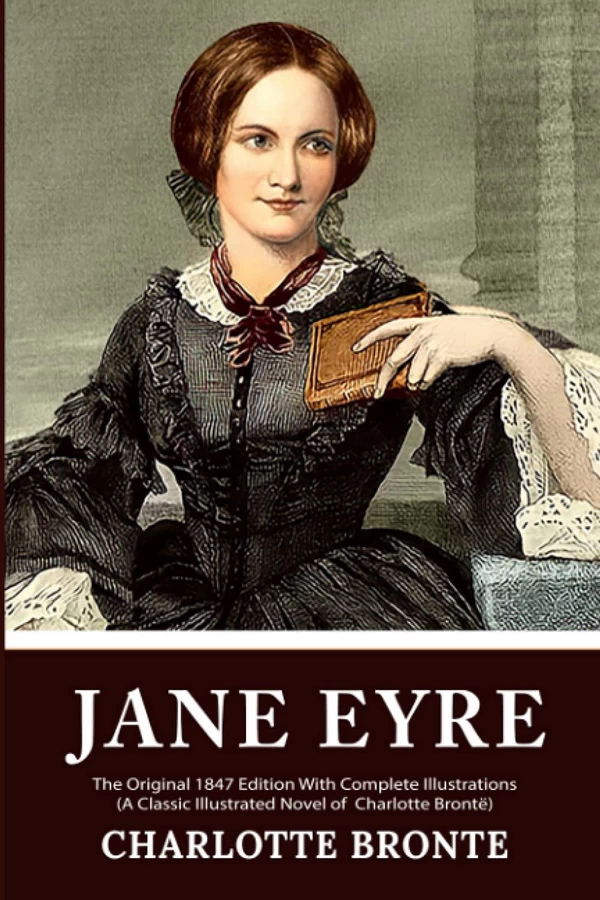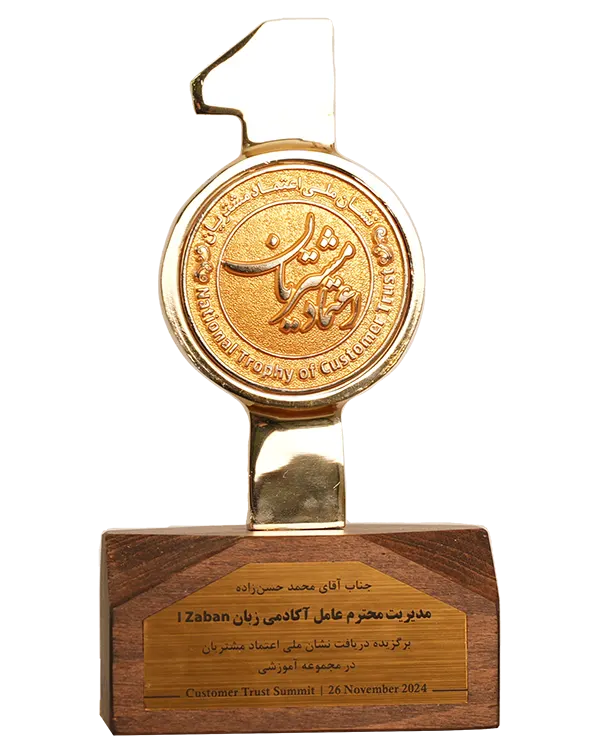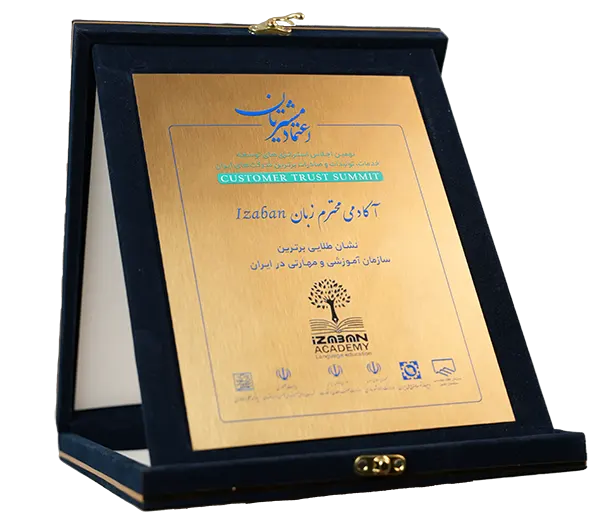Charlotte Brontë’s Jane Eyre, first published in 1847, remains one of the most celebrated novels in English literature. It tells the story of Jane, an orphaned girl who overcomes hardship, finds love, and ultimately asserts her independence in a society that seeks to limit her choices. The novel blends elements of romance, gothic fiction, and social criticism, making it a compelling and multi-layered literary work. The novel’s themes of self-respect, resilience, and justice continue to resonate with readers across generations, ensuring its lasting legacy in literary history.
Summary of the Story
The novel follows Jane Eyre’s journey from childhood to adulthood. Raised by her cruel aunt, Mrs. Reed, and later sent to the harsh Lowood School, Jane endures physical and emotional suffering but grows into an intelligent and strong-willed young woman. Despite the oppressive conditions at Lowood, Jane finds solace in her friendship with Helen Burns, whose pious nature teaches Jane valuable lessons about endurance and faith. After years at Lowood, she secures employment as a governess at Thornfield Hall, where she falls in love with its enigmatic master, Mr. Rochester.
Jane’s time at Thornfield is filled with mystery and intrigue, as she encounters eerie laughter at night and strange disturbances, all of which culminate in the shocking revelation that Rochester is already married to a mentally ill woman, Bertha Mason, who is hidden in the attic. Devastated, Jane leaves Thornfield and wanders destitute until she finds refuge with the Rivers family. She later discovers that she has inherited a fortune from her late uncle, gaining financial independence for the first time in her life. St. John Rivers, her stern and ambitious cousin, proposes marriage and urges her to accompany him on a missionary trip to India. However, Jane refuses, recognizing that a loveless marriage would contradict her values.
In the end, Jane follows her heart back to Thornfield, only to find it destroyed by a fire that Bertha set before her own death. Rochester, now blinded and physically weakened, is a changed man. Jane chooses to reunite with him on her own terms, ensuring that their love is based on equality and mutual respect. Their union represents Jane’s triumph in securing both love and autonomy.
Themes and Analysis
1. Independence and Self-Respect
Jane Eyre is a heroine who values her self-respect and autonomy. Despite her love for Rochester, she refuses to compromise her morals and leaves Thornfield when she learns of his marriage. Her journey reflects the struggle of women in the 19th century to assert their independence in a patriarchal society. Jane’s refusal to become Rochester’s mistress, despite her deep love for him, underscores her belief that self-worth should never be sacrificed for passion.
2. Love and Morality
The novel portrays love as a powerful yet morally complex force. Jane’s relationship with Rochester is passionate, but it is only when their union can be morally justified that she agrees to marry him. This highlights the importance of integrity and ethical choices in personal relationships. Additionally, the contrast between Rochester and St. John Rivers illustrates different approaches to love—one driven by passion and another by duty—both of which Jane ultimately rejects in favor of a love that aligns with her values.
3. Social Class and Inequality
Jane Eyre challenges the rigid class structure of Victorian England. Despite her low social standing, Jane asserts her worth and refuses to be treated as inferior. Rochester, St. John Rivers, and the Reeds represent different aspects of social hierarchy, emphasizing the novel’s critique of class-based prejudices. Through her inheritance, Jane attains financial freedom, which allows her to choose love without economic dependence, an uncommon feat for women of her time.
4. Feminism and Gender Roles
Often considered an early feminist text, Jane Eyre presents a strong female protagonist who challenges societal norms. Jane seeks equality in her relationships and refuses to be objectified. Her rejection of both Rochester’s and St. John Rivers’ controlling tendencies reinforces her desire for autonomy. Additionally, the novel subverts traditional gender roles by depicting Rochester in a weakened state by the end, making him dependent on Jane, rather than the other way around. This role reversal further strengthens the novel’s feminist undertones.
5. Religion and Morality
The novel presents different religious perspectives through characters like Mr. Brocklehurst, Helen Burns, and St. John Rivers. Jane ultimately finds a balance between spirituality and personal happiness, rejecting both Brocklehurst’s hypocrisy and St. John’s rigid self-denial. Helen Burns represents the ideal of Christian patience and forgiveness, while Brocklehurst embodies the dangers of religious extremism. Jane ultimately crafts her own moral code, one that blends faith with personal agency.
Impact and Legacy
Literary Influence
Jane Eyre has inspired countless literary works and adaptations. Its blend of romance and gothic elements set a precedent for later novels, influencing writers such as Virginia Woolf and Jean Rhys, whose novel Wide Sargasso Sea reimagines Bertha Mason’s backstory. The novel’s psychological depth and first-person narrative style also paved the way for introspective, character-driven storytelling in literature.
Adaptations and Cultural Relevance
The novel has been adapted into numerous films, television series, and stage productions. Its themes of female empowerment and resilience continue to resonate with modern audiences, making it a timeless classic. The character of Jane Eyre has become a symbol of quiet strength, inspiring generations of readers who admire her courage, intelligence, and moral conviction.
Enduring Popularity
The novel remains a staple in literary education, with its discussions on love, class, and gender making it a vital text for feminist and literary analysis. Its themes are as relevant today as they were in the 19th century, speaking to anyone who has ever struggled for self-definition and independence.
Conclusion
Jane Eyre is more than a love story—it is a profound exploration of identity, morality, and independence. Through Jane’s character, Brontë challenges societal expectations and advocates for personal integrity and self-respect. The novel’s enduring popularity proves its relevance, making it a cornerstone of English literature that continues to inspire readers today. By offering a protagonist who is neither submissive nor idealized, Brontë crafted a heroine whose journey toward self-discovery and self-sufficiency remains deeply compelling. Whether read as a feminist manifesto, a gothic romance, or a social critique, Jane Eyre holds a permanent place in the literary canon, inspiring discussions on autonomy, resilience, and the nature of true love.










 نکات طلایی یادگیری زبان،
نکات طلایی یادگیری زبان، 


